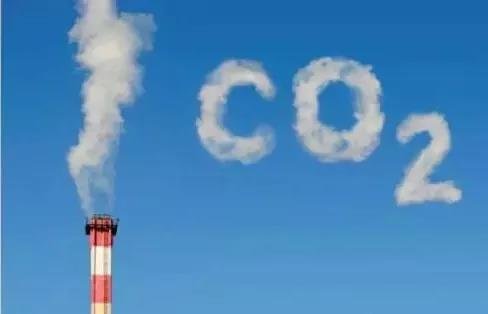
The study measures emissions based on the use of goods and services, such as food, clothing and electronics, by people living inside cities.It includes the impact of trade of such goods between points of production and use.
This is a change from traditional measures, which look at emissions from production of goods.
When measuring these gases based on consumption, rather than manufacturing, the biggest emitters are mainly cities in North America and Europe.The study found their emissions were 60 percent higher than currently estimated.

Researchers shared this information this month at a United Nations climate conference in Edmonton, a city in Alberta, Canada.
About 750 city leaders, university researchers and scientists from 80 countries took part.They discussed the latest climate research and what local governments can do to fight climate change.
Attendee Mark Watts is the head of C40, the organization that did the study.C40 is an alliance of more than 90 cities working to fight climate change.The study examined 79 cities that are part of the alliance.
Watts said this newer method offers a fuller picture of greenhouse gas emissions by linking them to consumers rather than manufacturers.

The new estimates put the responsibility on richer consumers and increases the scope of things that policy makers in cities can do to lower emissions, he said.
Cities use more than two-thirds of the world’s energy.
The new estimate comes at a time when there is concern that national governments will not meet the climate promises they made in 2015 in Paris.
Traditionally researchers have considered manufacturing countries such as India among the top emitters of greenhouse gases.This study shows that the demand for and use of the products of such manufacturers is part of the overall process of greenhouse gas emissions.
Debra Roberts is one of the heads of the United Nation’s Intergovernmental Panel on Climate Change.She said that using consumption-based measures was “revolutionary.”
But ... these are ideas whose time is probably almost imminent,

该研究测量了温室气体的排放量,参照的基础数据是城市人口使用的商品和服务,比如食物、衣物、电子产品。该研究还涉及到这些商品在生产节点和使用节点之间进行交易会产生怎样的影响。
这是在传统测量方式基础上做出的一种改变,即开始考量商品生产过程中温室气体的排放量。
在消耗类数据而非制造业数据的基础上测量温室气体排放量时,可以发现,排放温室气体最多的地方主要是北美和欧洲的城市。该研究发现,这些城市的温室气体排放量要比当前估测的高60%。
本月,研究人员在加拿大亚伯达省埃德蒙顿的一次联合国气候会议上分享了上述信息。
来自80个国家的近750名市领导、大学研究人员、科学家参加了这次会议。他们讨论了最近的这项气候研究,以及各地政府应该做些什么工作来抗击气候变化。
马克·沃茨是城市气候领导联盟(C40)的与会代表,也正是C40组织完成了这项研究。C40是90多个城市组成的联盟,联盟旨在抗击气候变化。该研究检测了79个城市的气候情况,这79个城市都是该联盟的成员。
沃茨表示,这种最新的测量方法可以让我们更全面地了解温室气体排放量,因为我们可以将温室气体排放的情况与商品的消费者联系在一起,而不是与制造商品的人联系在一起。
这种新的估测方式将排放责任放在了更富裕的消费者身上,增加了城市政策制定者在减少排放量方面所能做的工作。
全球各城市占能源消耗量的2/3以上。
这项新估测来得正是时候,因为当前有人担心各国政府无法兑现他们在2015年巴黎会议上就气候变化所做的承诺。
以前,研究人员一直都将制造大国比如......视为温室气体排放的罪魁祸首,但这项研究表明,人们对于这种制造大国所生产产品的需求和使用也是温室气体排放的部分原因。
黛布拉·罗伯茨是联合国政府间气候变化专门委员会的首脑之一。她表示,这种基于产品消耗的测量方式“具有变革性”。不过……这些想法距离真正普遍实现可能还有一段时日。
Hi! I am a robot. I just upvoted you! I found similar content that readers might be interested in:
https://learningenglish.voanews.com/a/study-rich-cities-largely-responsible-for-greenhouse-gases/4288254.html
Downvoting a post can decrease pending rewards and make it less visible. Common reasons:
Submit